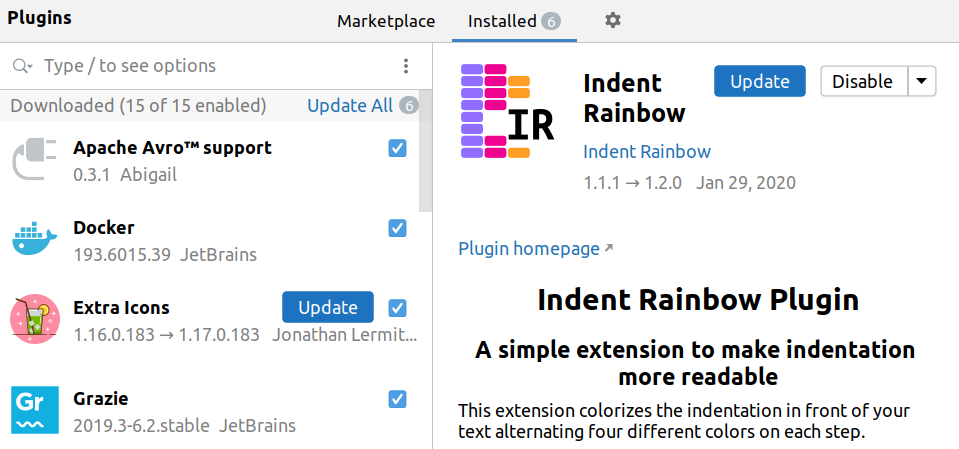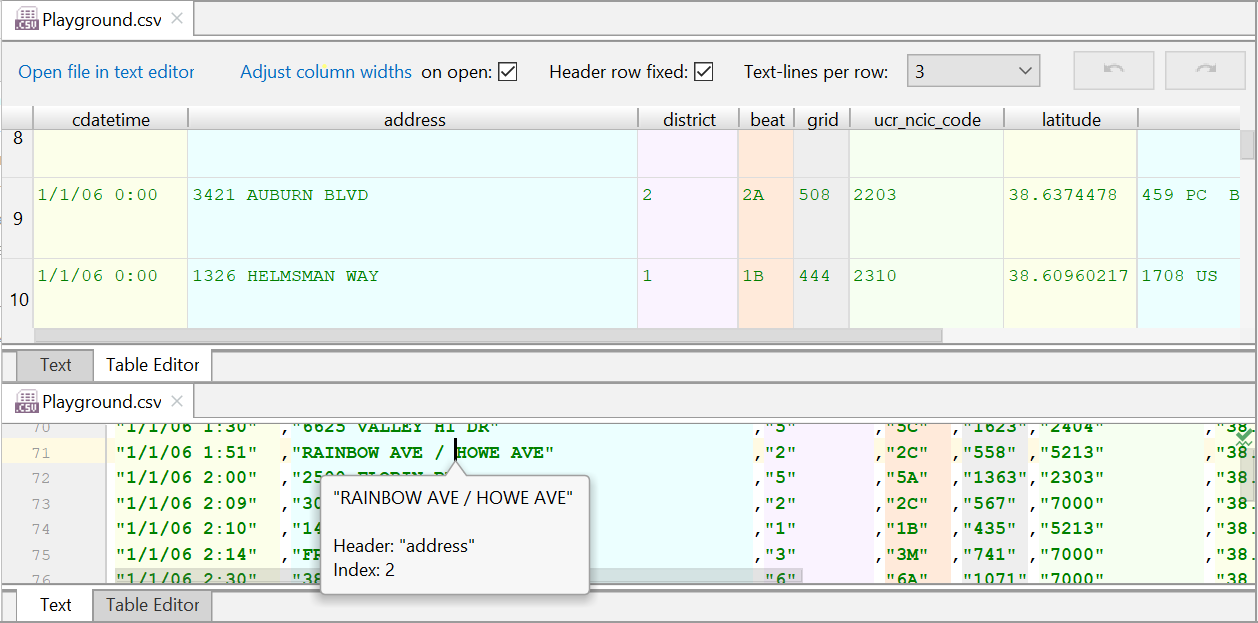

For Atlas, we want to choose the SCRAM-SHA-1 authorization mechanism. In this case, I am using the admin database.
#PYCHARM PLUGINS PASSWORD#
We put in an appropriately established username and password along with the name of the authentication database. Since my Atlas server does require authentication, let’s take a look at that tab. For my server settings, I want to set a read preference for the Primary node and to connect to the travel collection in the database. I also selected that I’d like it to use SSL for the connection.
#PYCHARM PLUGINS FREE#
Feel free to use your own server’s host name or IP address. We will need our Atlas connection URL that is available within our Atlas dashboard. What if, however, you do have some authentication in place and want to establish a connection to a specific database? Let’s examine that with a connection to an Atlas configuration. For a single server without any authentication in place, these settings will connect to the database and you can see all of the databases on the server. For our example, we can use localhost:27017, as displayed above. Here we see that we are able to label, or name, our connection and put in the server location in the format of host:port. By clicking on the + symbol we are presented with an option to configure our server connection. We next need to add a server to use and connect with. Be sure to put the location to the mongo executable and not the one for mongod. You can hit the test button next to the path name to make sure the plugin is happy with the correct file. We see here that there is a place to input the path to our Path to Mongo Shell. Assuming that we are working with a server on the default port of 27107, let’s take a look at our settings. MongoDB Plugin Settings Local Serverįor the local server, the settings are relatively straight forward. For testing the connection we will want to make sure both of these servers are up and running. I’ll walk through setting up connections for a local installation of a MongoDB server as well as a connection to their Database as a Service, Atlas. After downloading and installing the plugin we need to set a few things up. While I will be discussing the Mongo Plugin specifically as it relates to P圜harm, the plugin itself works with the vast majority of IDEs provided by JetBrains. Let’s take a look at a useful MongoDB Plugin for P圜harm for viewing collections. However, when developing it is often useful to have the ability to see your data inside your development environment. MongoDB’s Compass is a great example of a tool that allows for the viewing and interaction with a database, collection, or document.

There are many different options available when developing to look at and examine your MongoDB collections.


 0 kommentar(er)
0 kommentar(er)
